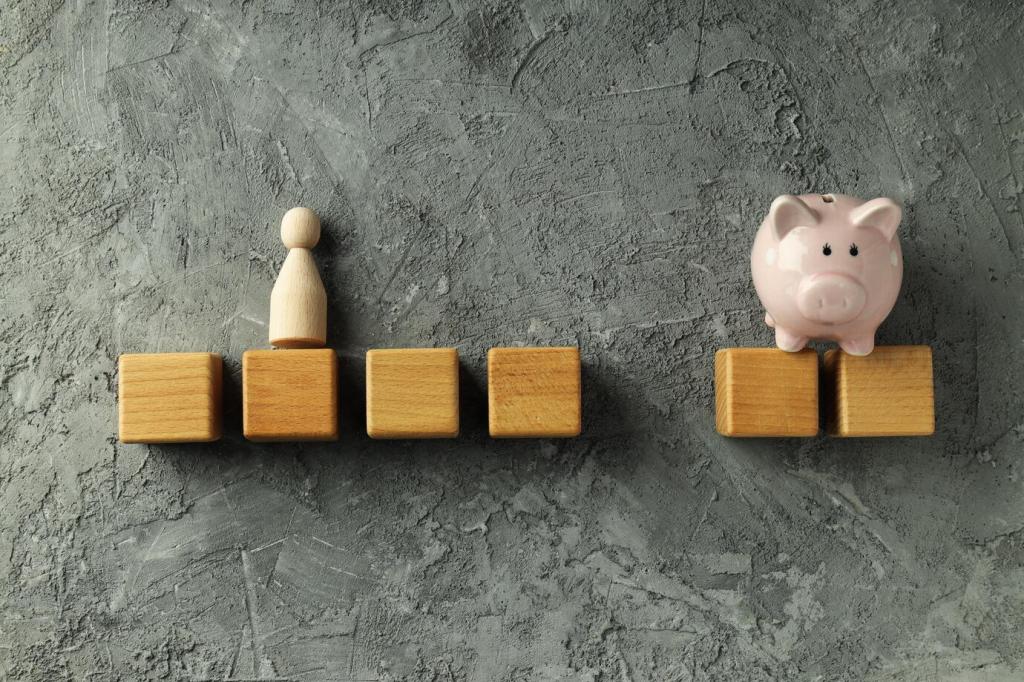Define Your Target: The Right Number For You
Start with one month of essential expenses: housing, utilities, groceries, transport, insurance minimums. Then aim for three months. If your income is seasonal or variable, six months can provide peace. Post your first milestone in the comments—two weeks of expenses is a great beginning that keeps momentum realistic.
Define Your Target: The Right Number For You
List fixed essentials: rent or mortgage, utilities, basic food, transportation, minimum debt payments, insurance. Exclude vacations, dining out, subscriptions you can pause. This keeps your target lean and achievable. Want a template? Subscribe, and we’ll send a printable essentials worksheet to clarify your monthly baseline.






